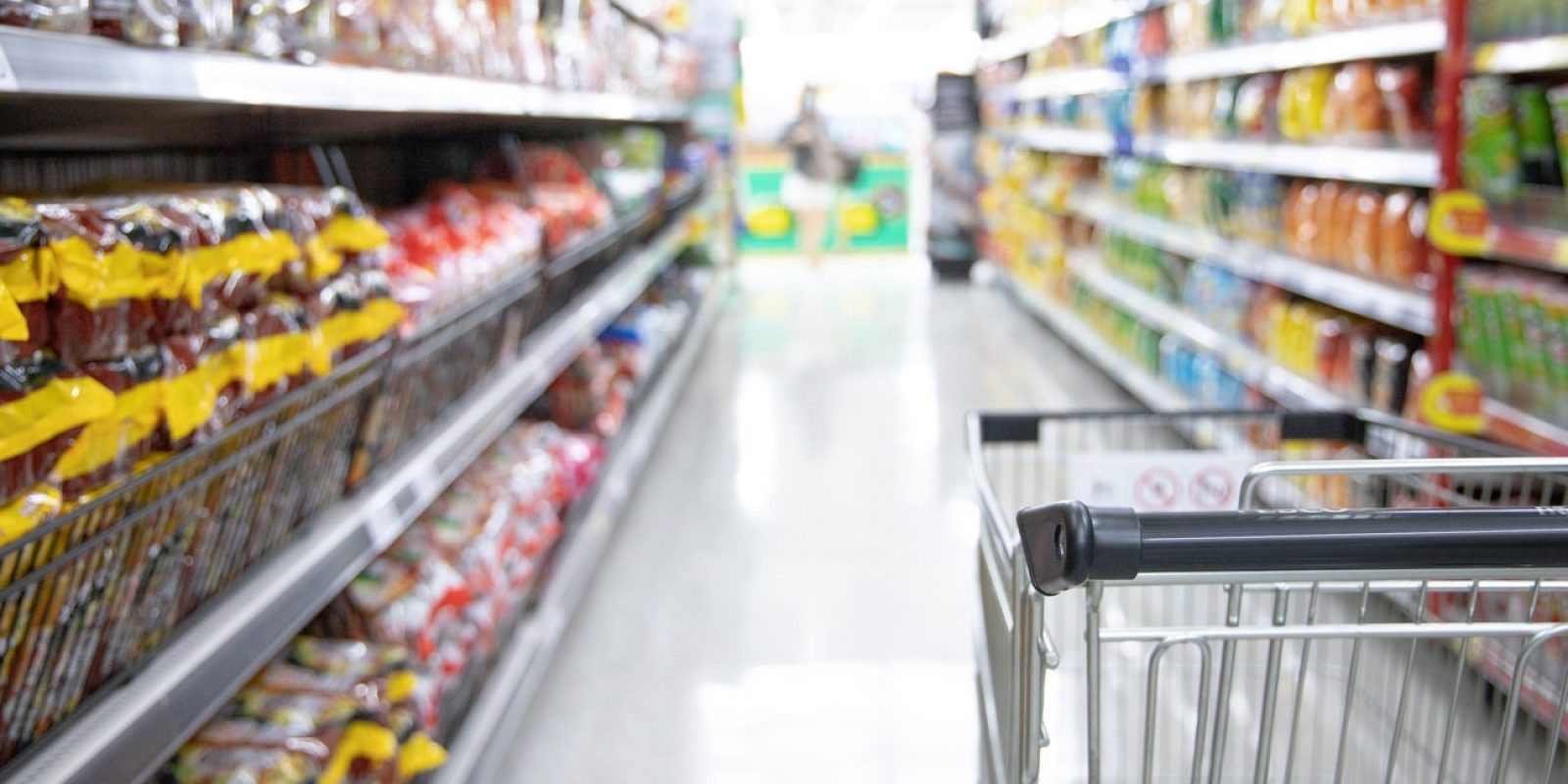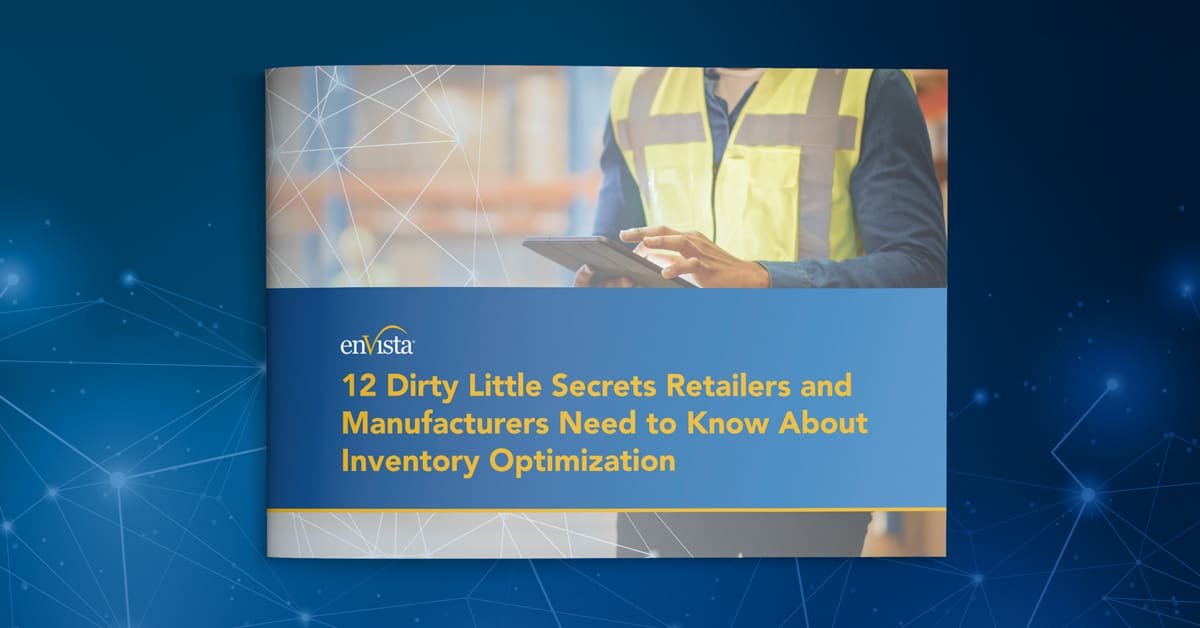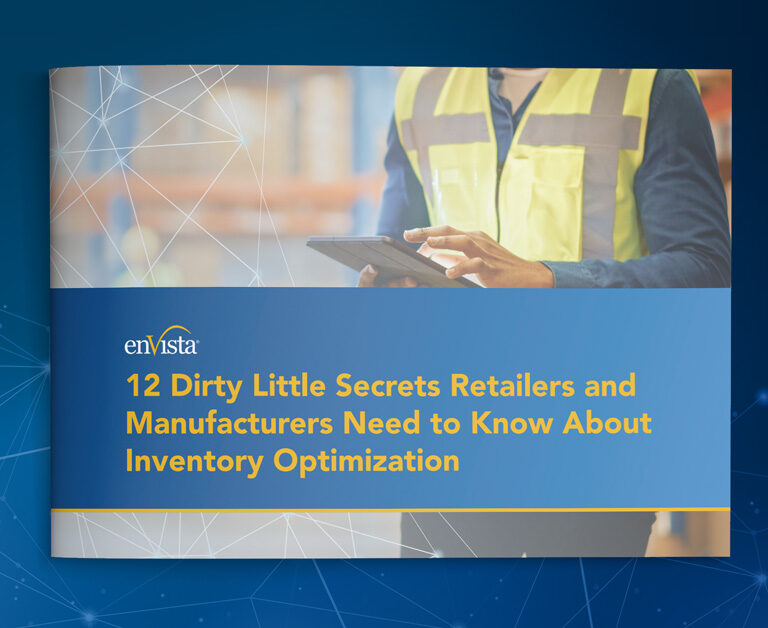This article by Jim Barnes, CEO of enVista, first appeared on Forbes.com.
Consumers have long detested spending precious time in the grocery store on a weekly, or even daily, basis. The desire for greater convenience is driving significant growth in online grocery demand. With increased online grocery options from many national and regional chains, and in response to mounting consumer expectations, traditional grocery retailers are expanding their omnichannel capabilities for online ordering with same-day pick up from the store, curbside delivery and home delivery services.
That said, omnichannel fulfillment is easier said than done for grocery retailers. Grocery orders are by far the most complex online orders to fulfill across all retail categories. For example, in my professional experience, I’ve found that the typical online grocery order includes the following: far more items or stock-keeping units (SKUs) than traditional online retail orders; ambient, frozen and refrigerated foods that require temperature control during fulfillment and post-delivery; and many item attributes within a single food category (organic versus non-organic, gluten-free versus regular, etc.). The incredibly large amount of product variations makes it exceptionally challenging for grocery retailers to ensure all items offered online are:
- Actually in stock and available for picking
- Delivered to various home locations and types without product degradation
- Correctly picked by store associates to ensure order accuracy and customer satisfaction
- Fulfilled within desired consumer timeframes
Traditional grocery stores and in-store inventory were not designed for fulfilling online orders. Thus, many grocers have rapidly implemented omnichannel fulfillment processes that are good enough — for now. However, as online grocery orders continue to become a larger percentage of sales, grocers need to adopt better processes that avoid common challenges:
- Crowded in-store aisles may occur when store associates are picking items alongside consumers.
- Out-of-stock situations arise when store inventory planning, forecasting and replenishment systems are not integrated with online order demand and systems.
- High item substitution rates are common in the absence of accurate perpetual in-store inventory, resulting in reduced customer satisfaction.
While fulfilling online grocery orders from the store has been a stopgap for the last several years, it is not viable or profitable in the long-term. Dark stores may just be the future of online grocery fulfillment.

12 Dirty Little Secrets Retailers and Manufacturers Need to Know About Inventory Optimization
Get the low-down on the secrets retailers and manufacturers need to know about inventory optimization.
What Are Dark Stores?
As online grocery order volumes become too much for existing stores to efficiently handle, one sustainable and strategic option that grocery retailers can leverage is “dark stores,” also known as micro-fulfillment centers. These stores have no consumers present to compete with personal shoppers and are specifically designed for and dedicated to fulfilling digital orders.
Dark stores and dark warehouses can improve the efficiency and cost-effectiveness of fulfilling growing online orders by supporting several stores with one dedicated fulfillment location, increasing the efficiency of order picking and enhancing the accuracy and visibility of inventory — leading to a nimbler order fulfillment process.
Extending the reach to support multiple stores, a single dark store can fulfill orders from many stores in a geographic region to increase the profitability of operations by sharing the fixed real estate costs. Picking orders is much more efficient in smaller footprint locations, especially when pickers don’t have to dodge customers in aisles. Without customers in dark stores, it is feasible to use robots to pick orders for increased efficiency and reduced labor costs. Increased inventory accuracy and visibility in dark stores can dramatically reduce substitution rates, which can increase customer satisfaction.
Successful implementation of a dark store fulfillment center depends on choosing the right location, optimizing your inventory size and assortment, identifying the best curbside pick-up locations and efficiently solving the last mile of delivery and prepared food challenges.
Identifying the best location for a dark store depends on current store sizes and available real estate in each market. Another key decision you’ll need to make is determining how many and which SKUs your dark store should carry. For maximum efficiency and profitability, dark stores will need to carry less SKUs than a traditional store, with product assortments customized to each region based on customer demand.
If the dark store location is not within or adjacent to a retail store, curbside pick-up can be accommodated by dedicating parking stalls for order pick-up outside the dark store. The last mile remains a challenge for effective (and cost-effective) home delivery. Taking a hybrid approach based on geography may make sense here. For example, you can crowdsource for lower-volume, rural towns and outsource to third-party delivery services in high-volume, urban cities. Lastly, in-demand and highly profitable freshly prepared foods, such as take-and-eat, take-and-heat and meal kits, may not be available from all dark stores and may require separate ordering processing and/or fulfillment from a traditional store. These options often require separate delivery.
The Future Of Online Grocery Shopping
Online grocery shopping will continue to grow as consumers increasingly value and expect convenience. Omnichannel fulfillment is not profitable unless consumers convert into long-term, loyal online shoppers — and then the lifetime value of the customer becomes exceptionally valuable. Thus, it is imperative to get online fulfillment right — every time. As more consumers embrace online grocery, brands must improve the efficiency and accuracy of fulfilling orders to building brand loyalty and avoid disappointing customers.
It is time for grocers to consider alternatives, like dark stores, to improve the profitability and efficiency of online orders. New, yet proven, approaches like these are imperative for long-term survival.







